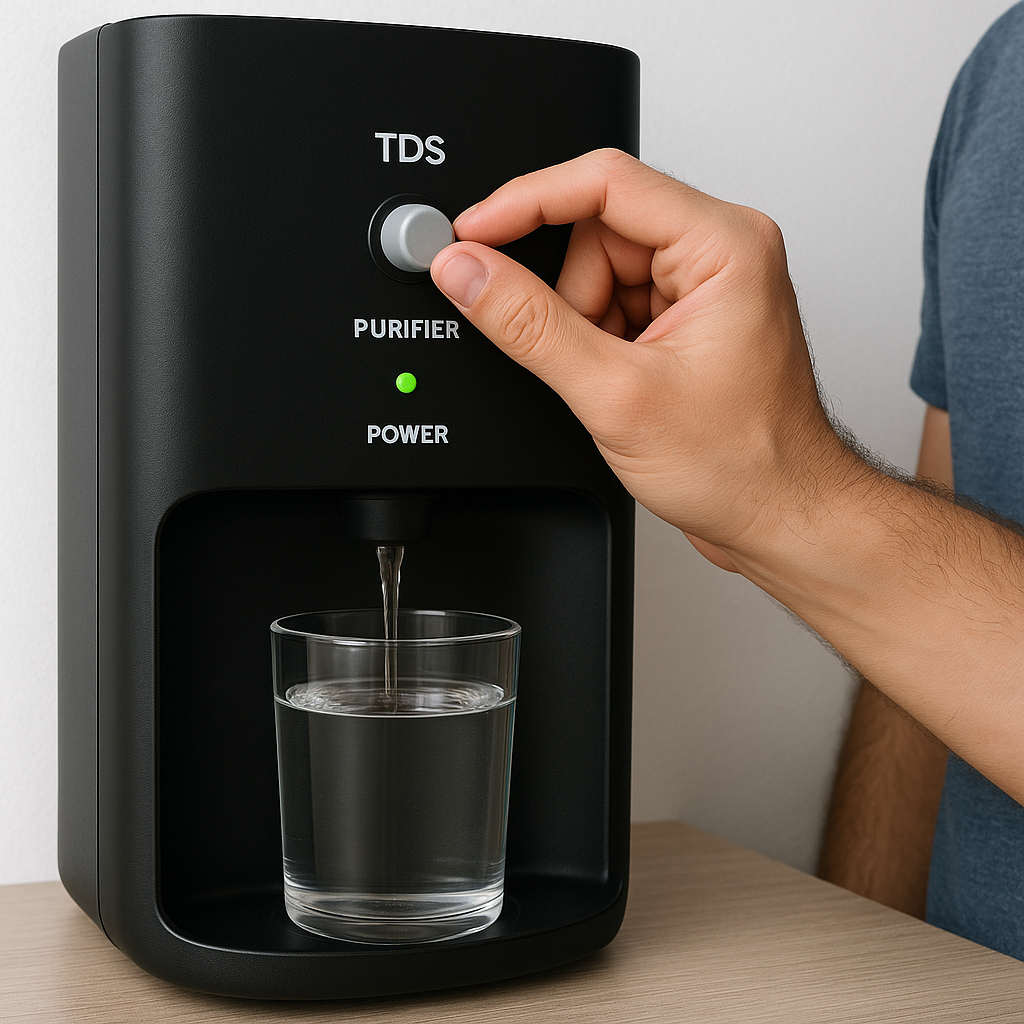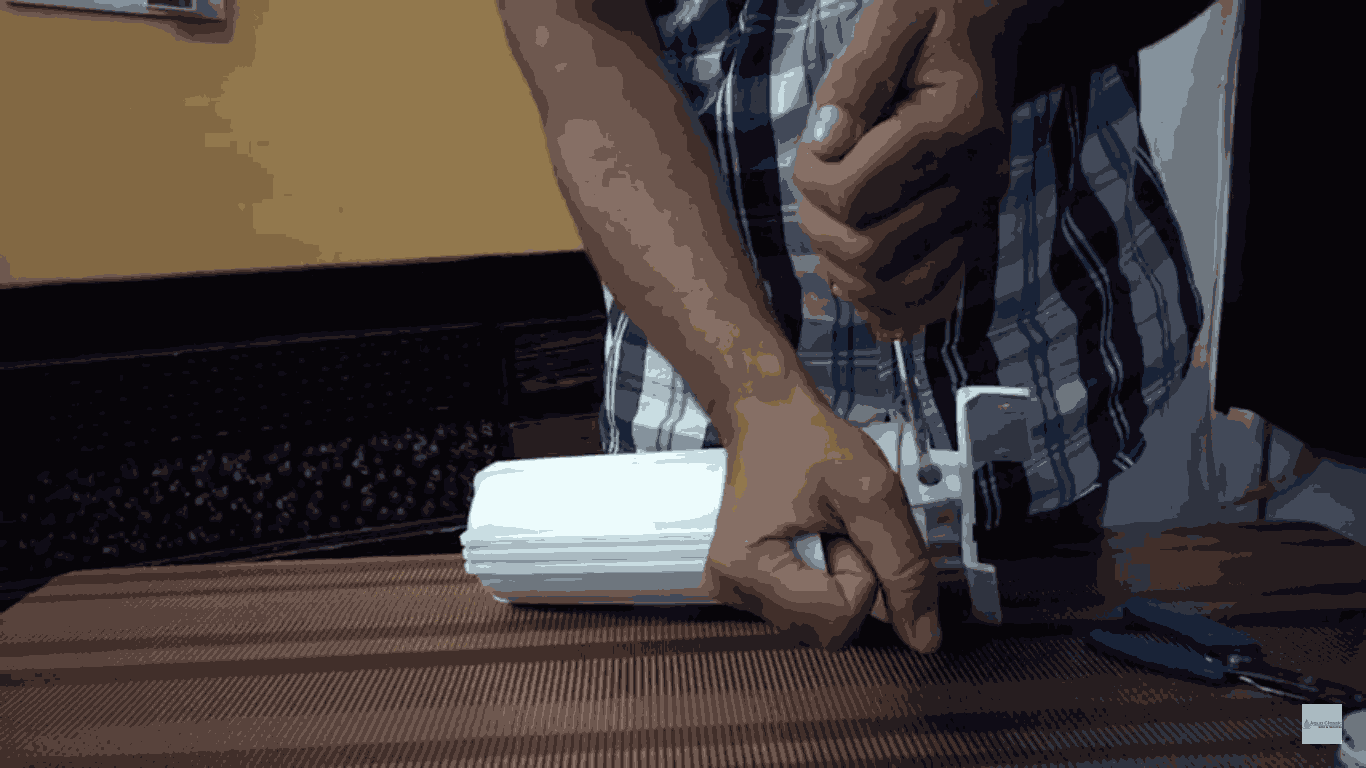Blog
How do you set TDS in a water purifier?

Have you ever noticed your water tastes a little too flat or oddly salty even after purification? That’s where TDS (Total Dissolved Solids) comes in — and setting it right can make a world of difference in both taste and health.
But wait… how do you actually set the TDS in your water purifier? Let’s break it down for you in a beginner-friendly way.
- Locate the TDS Control Valve:
Most RO purifiers with TDS adjustment have a small valve or knob inside the back panel or near the filter setup. It’s usually marked with “+” and “–” or “High” and “Low.”
2. Turn on the Purifier and Measure Initial TDS:
Use a TDS meter to test the purified water first. Make note of the current reading — anything under 50 ppm might be too flat, while over 300 ppm may not taste great.
3. Adjust the Valve:
Turn the valve clockwise to decrease the TDS (more RO-purified water).
Turn it counterclockwise to increase the TDS (more unfiltered or mineral-rich water blends in).
4. Test Again with a TDS Meter:
After adjusting, let the purifier run for a few minutes. Fill a glass and check the new TDS level. The sweet spot is usually between 80–150 ppm, depending on your source water and taste preference.
5. Lock It In:
Once you’re happy with the reading, leave the valve as it is. You’ve successfully tuned your purifier for both safety and taste.



